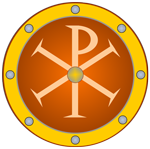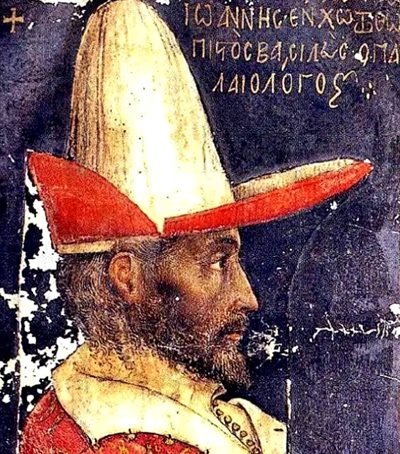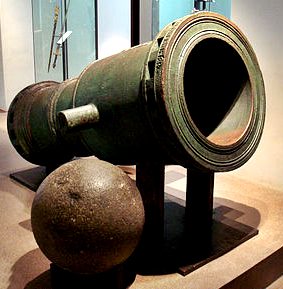
Siege of Constantinople |
year: 1422June 1422 |
| The first major unsuccessful siege of Constantinople by the Ottoman Turks | ★ ★ ★ ★ ★ |
|
enemy: Ottoman Turks
|
location: Constantinople
|
accuracy:
●●●●●
|
|
battle type: Siege |
war: Byzantine-Ottoman Wars |
modern country:
Turkey |
| ▼ The Byzantines(emperor: Manuel II Palaiologos) | ▼ The Enemies | |
| Commander: | Emperor John VIII | Sultan Murad II |
| Forces: | Unknown | Unknown |
| Losses: | 30 dead, 100 wounded | Heavy |
| Background story: |
| At the Battle of Ankara (1402), Timur's Mongols routed Bayezid I's forces. In the aftermath, a civil war of succession broke between Bayesid’s sons. The turmoil in the Ottoman state relieved the pressure on Byzantium and ended the long-lasting blockade of Constantinople (1394-1402). The Byzantines exploited the situation and signed a peace treaty with their Christian neighbors and with one of Bayezid's sons. Thus, they were able to recover Thessalonica and cities in Thrace. The Ottoman civil war ended in 1413 when the favorite of Byzantium, Mehmet I, defeated his opponents. The rare amity between the two states did not last; the death of Mehmet I and the rise of Murad II in 1421, coupled with the rise in power of co-emperor John VIII Palaiologos led to a deteriorated change in relations between the two. John VIII made the first and foolish move by inciting a rebellion in the Ottoman Empire: one of Bayazed’s sons, Mustafa Tselebi, had taken refuge in Constrantinople. John VIII, on the grounds that a new Turkish civil war would halt the Ottoman expansion to the west, decided to support Mustafa in claiming the Ottoman throne. Mustafa was successful in the beginning. He captured Edirne and, with the help of Byzantine forces, Gallipoli. But then Mustafa's army was defeated by Murad. Mustafa was arrested in Wallachia and killed. After that Murad turned against Constantinople. |
The Battle: |
 John VIII Palaiologos The first Ottomans arrived in the city under the command of Michaloglu Mehmet Bey and pillaged the area around the capital. The bulk of the Ottoman forces, led by the Sultan himself, arrived on 20 June. The Byzantines for the first time in this siege had canons: large calibre, muzzle-loading short-barreled cannons, the so-called bombards, which forced the Turks to build makeshift fortifications to protect themselves. The Turks also had bombards (falconet type), but for them it was not the first time, because they had started using artillery in their military operations at least since 1413.  15th century bombard from Rhodes On September 6, Murad ended the siege and withdrew. The people of Constantinople attributed the unexpected retreat of the Turks to the miraculous intervention of the Virgin Mary. The real reason for the end of the siege was the appearance of another usurper of the Ottoman throne, Murad's younger brother, also called Mustafa, who, instigated by the Byzantines and supported by semi-independent Beys of Asia Minor. Moustafa,had occupied Nicaea and was moving against Bursa. The threat to Murad was serious and he had to deal with it immediately. The losses of the Byzantines in this siege were small if we consider the magnitude of the threat: 30 dead and 100 wounded. |
Aftermath: |
| Despite the victory of the Byzantines, the “Empire” at this time had in fact been reduced to a few disconnected strips of land besides the city of Constantinople itself. It was also facing grave economic problems. Despite the victory, John VIII signed a peace treaty with the Ottomans in 1424 and agreed yo pay a tribute. |
|
|
